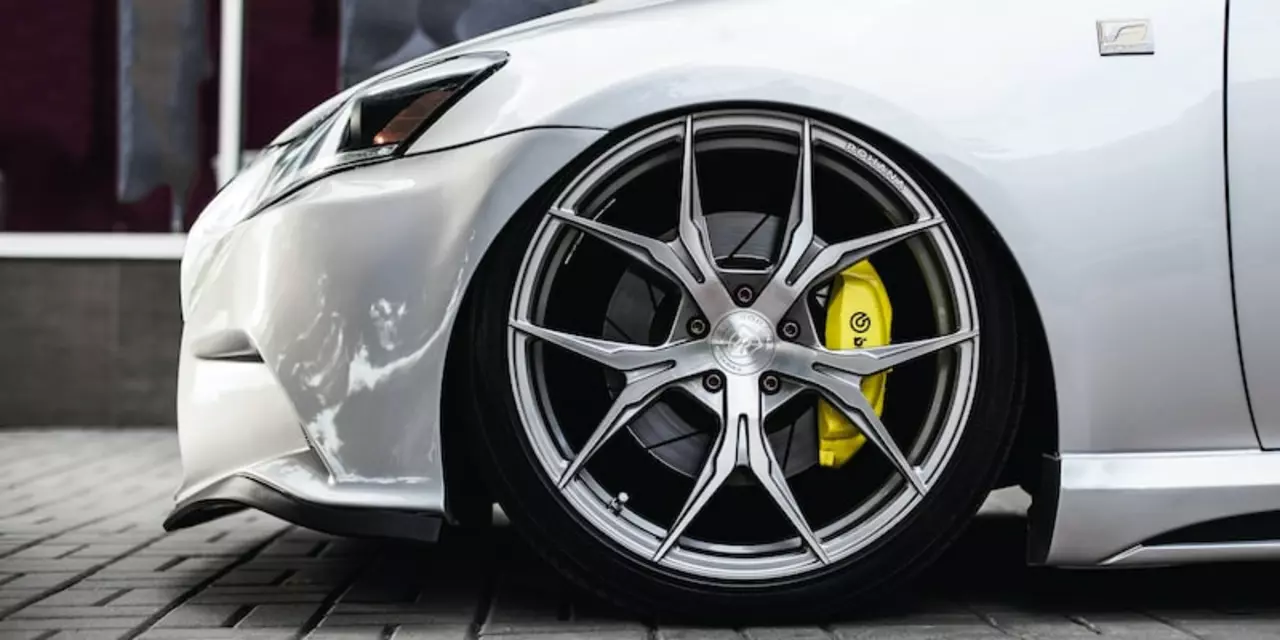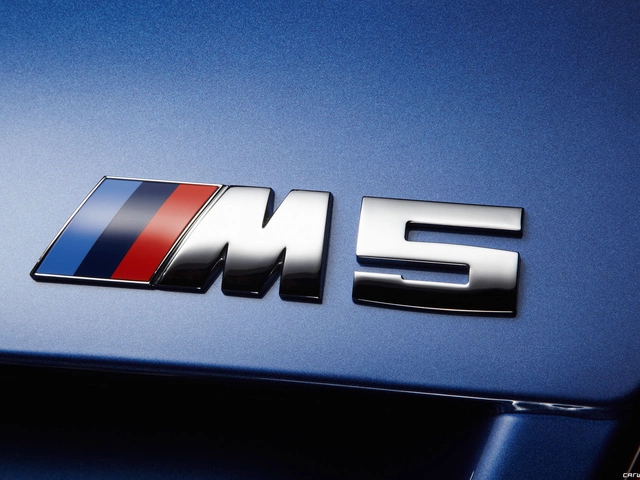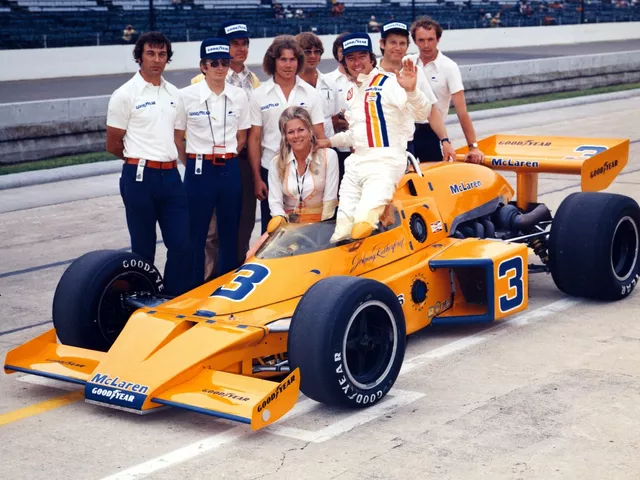Rear End Basics for Motorsports Enthusiasts
If you love the roar of an engine and the feel of a car hugging the corner, the rear end is where a lot of the magic happens. It’s the part that takes power from the engine and puts it to the ground, so understanding it can boost your performance and confidence on the track.
In this guide we’ll break down the main pieces of a rear end, why they matter, and how you can keep them in top shape without spending a fortune. Whether you’re a weekend club racer or a daily driver who wants better grip, the info below is practical and easy to follow.
Key Components of a Rear End
The rear end is more than just a solid box. It’s a collection of components that work together to move the car forward.
- Differential – This gear set splits engine torque between the left and right wheels. An open diff is cheap but can waste power when one wheel spins. Limited-slip (LSD) or locking diffs keep both wheels moving, giving you better acceleration out of corners.
- Axles – The shafts that connect the differential to the wheels. Strong, lightweight axles handle high torque and reduce unsprung weight, which improves handling.
- Rear Suspension – Typically includes control arms, bushings, springs, and dampers. The geometry decides how the tire stays in contact with the road when you brake, accelerate, or turn.
- Wheel Hubs and Bearings – These allow the wheels to spin smoothly. Worn bearings create noise and can lead to sudden failure, so listen for grinding sounds.
- Brake Rotor and Caliper Assembly – Though often thought of as a separate system, the rear brakes work with the rear end to balance the car’s stopping power.
Each part has a role, and a weak link can hold the whole setup back. When you feel a loss of traction or a strange clunk after a hard corner, start checking these areas.
Maintaining Your Rear End for Peak Performance
Good maintenance is the cheapest way to get more out of your rear end. Here are five habits that keep it healthy:
- Check Fluid Levels – Differential oil keeps gears cool and lubricated. Replace it according to the manufacturer’s schedule, or more often if you race hard.
- Inspect for Leaks – Look under the car after a run. Any oil spots mean a seal or gasket is failing and needs attention.
- Replace Worn Bushings – Rubber bushings wear out and let unwanted movement creep in, causing imprecise handling. Polyurethane upgrades are a simple, cost‑effective swap.
- Rotate and Balance Tires – Uneven wear on the rear tires can hide rear‑end problems. Keep them evenly worn and properly balanced for stable grip.
- Listen and Feel – A whine that changes pitch when you accelerate often points to a failing bearing or gear. Trust your ears and address issues early.
For racers, a quick post‑run inspection can catch problems before they become expensive repairs. Clean the differential housing, wipe away dirt, and note any odd sounds for later analysis.
Upgrading isn’t mandatory, but if you’re chasing lap times, consider these budget‑friendly moves: a stronger LSD, lightweight axles, or adjustable rear‑suspension arms. All of them add grip without overhauling the whole car.
Remember, the rear end is where power meets the pavement. Keep it clean, well‑lubricated, and in good shape, and you’ll feel the difference every time you hit the throttle. Happy driving!
What is the best type of rear end, differential, for car racing?
Racing cars require a special type of differential for the rear end in order to provide the best performance. The best type of differential for car racing is the limited-slip differential (LSD), which is designed to reduce wheel spin and improve traction. The LSD is usually made up of clutch plates and a special gear oil, and is also known as a torque-sensing differential. It is able to sense the difference in speed between the two driving wheels, and can adjust the power delivery accordingly. The helical LSD is another popular option, as it is much quieter and more efficient than the clutch-based type. Both types are more expensive than the open differential, but offer improved performance and handling.






